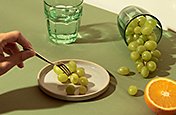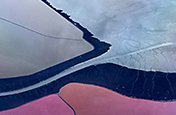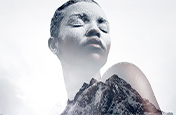Make an impression with texture photography.
From moss-covered stones to prickly cactuses, texture images entice viewers, create moods, and communicate ideas. Explore the world of texture photography with these helpful insights.
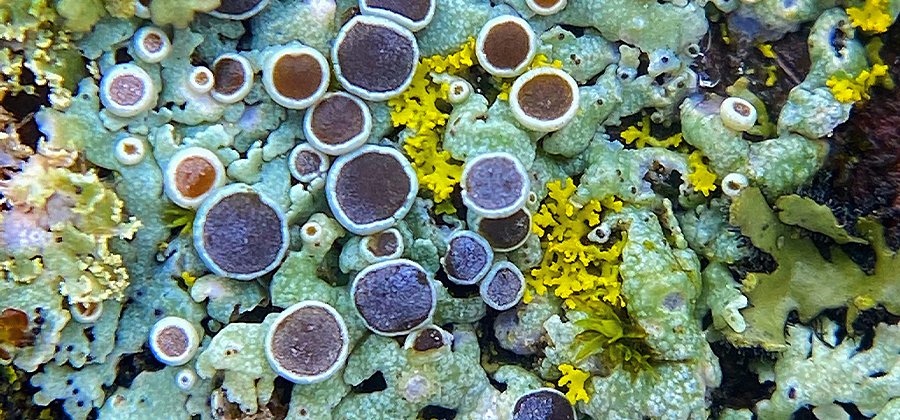
Image by Meg Madden
How to use texture in photography.
“Everything has its own texture, and there’s something about the way things feel that you can just see,” says photographer and designer Cole Keister. Without touching it, you can recognize the soft and fluffy fur of a kitten or the rough and weathered bark on a tree. Capturing texture in a photograph can add visual interest, highlight unique patterns, or even evoke emotions.
Texture photography overlaps with many kinds of photography, including everything from fine art to classic portraiture. Texture also plays an important role in macro photography. By zooming in on the details of an image with a macro lens, you can experience it in a new way. “Sometimes I photograph lichen, and it’s an absolute sea of texture,” says photographer Meg Madden.
Whether you zoom in to experience minute details or you view something from a distance to experience it in the abstract, texture is an important compositional element that adds interest to your images and draws the viewer’s attention.
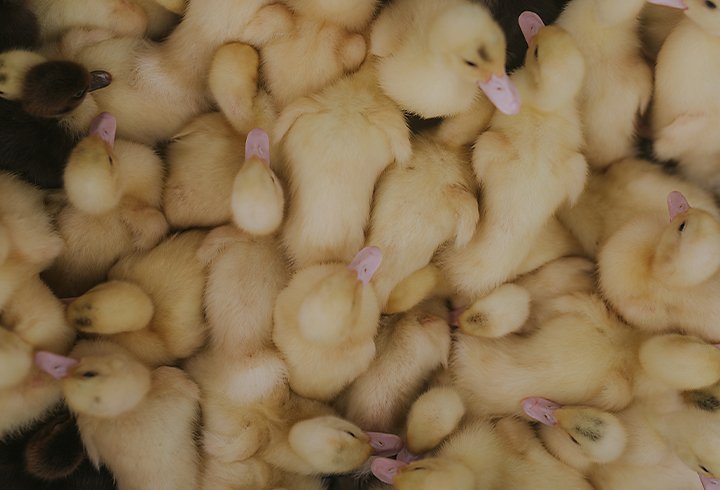
Image by Cole Keister
Keep your eyes open for different types of texture.
“Texture is everywhere. And the more you pay attention, the more you’ll see,” says Keister. From peeling paint on an abandoned building to waterdrops on a window, texture comes in all shapes and sizes. To find interesting textures, stay aware of your surroundings and you just may find something unique.
“I grew up in nature, so my inspiration has always been the natural world. If I’m going out on a texture hunt, I head out into the woods. I just keep my eyes open. I love the textures of tree bark, insects, leaves, and mushrooms,” says Madden.
If you want to focus on natural textures, a walk outdoors is a great place to start. Consider the dense, overlapping leaves of a tree and the precise, delicate veins on a dragonfly’s wing. Whether these elements are the focus of your photo or serve as inspiration for a later project, unique organic textures are all around us.
But you don’t have to venture into the woods to find eye-catching textures. Concrete sidewalks, brick walls, and rusted metal are all industrial elements that also draw the eye. Different textured backgrounds can be the perfect setting for a portrait or product photoshoot. The right setting can complement your subject while making the photo more visually interesting.
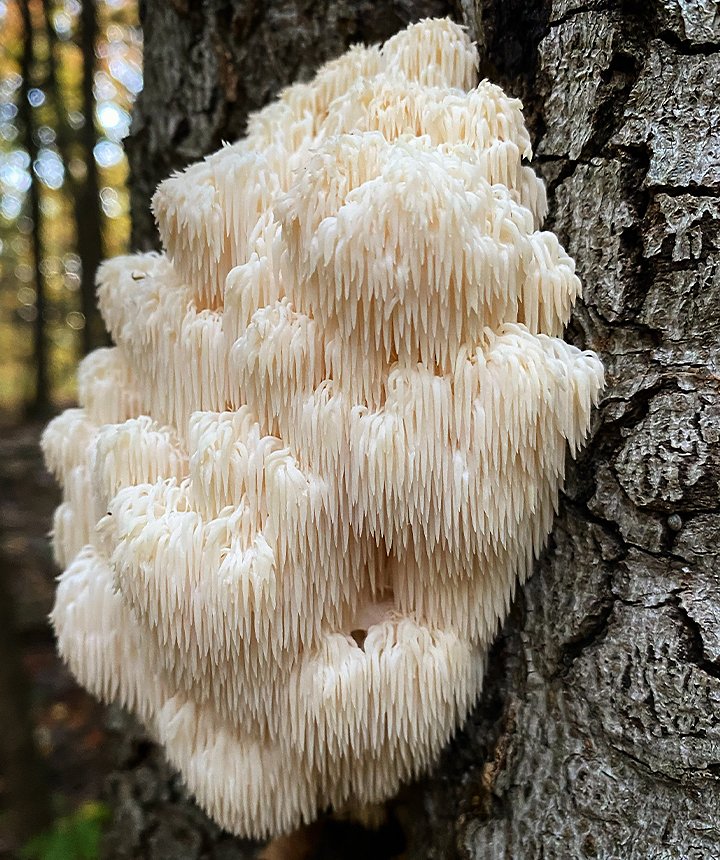
Image by Meg Madden
Photography tips for capturing texture.
Experiment with your camera settings.
With texture photography, the right aperture, ISO, and shutter speed make all the difference. If you want a shallow depth of field that creates a bokeh effect in the photo, a low aperture is what you need. “I’m definitely prone to using low apertures because I love background blur. But I think it sometimes depends on the texture, especially if it’s a larger wall, or if I really want to get everything in focus,” says Keister.
If you want to capture layered textures in a wide depth of field, you’ll need a narrow aperture and a long shutter speed. If you’re on a hike, bring a portable tripod. This enables you to take long exposures without worrying about camera shake.
Consider your light source.
While natural light can create beautiful, gentle gradients, harsh, direct light can wipe out the details of the texture. “When you’re photographing texture, you need to consider what kind of light there is. And because I’m mostly out in nature, I’m not in a position to control that light,” says Madden. “Bright, intense sun kills texture, for example. So I’m always looking for an overcast, rainy day. When everything is wet, the texture is that much more intense.”
If you shoot indoors at a photography studio, explore diffused artificial light and side lighting. This can highlight the surface of an object and bring out the details rather than flattening everything out. You should also experiment with different light setups to find the one that works best for your texture and artistic vision.
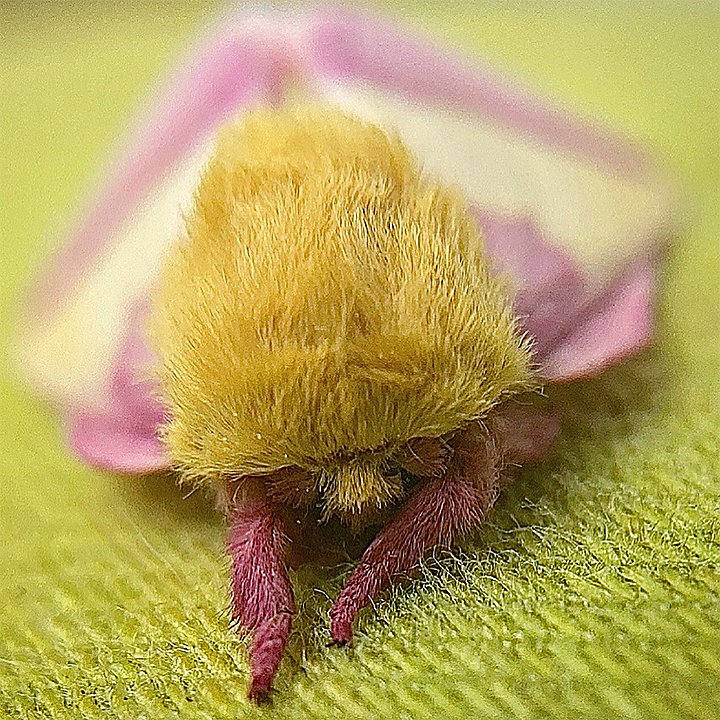
Image by Meg Madden
Play with composition.
“Texture photography is all about composition and trying to find a way to make the texture the main character of the photo,” says Keister. One way to experiment with composition is to view things close-up or from a distance. For example, if you use a drone for your landscape photography, the winding rivers and patchwork fields become textural elements when shot from overhead. Alternatively, a macro lens can let you fill the screen with a detailed surface and create immersive textural compositions.
A simple way to experiment with composition is by changing your camera angles. “I try to explore interesting angles. Sometimes the best angle isn’t straight on. Sometimes the best view is taken from a low position. I like to call it the slug’s eye view of a mushroom — where it’s almost like you’re a little creature looking up from the ground,” says Madden. These unexpected views of everyday objects can highlight interesting textures you didn’t consider before.
Explore post-processing.
“You can do a lot of photo editing, but it always helps to have a good image to begin with,” says Madden. The more photos you take, the more you have to work with in post-production. When it comes to photo editing, start with cropping to make sure your photo is framed just the way you want it. For example, cropping your photo to follow the rule of thirds can elevate the composition and focus the viewer’s eye on the subject.
Whether you sharpen the image, up the contrast or tweak the shadows and highlights, the tools in Adobe Photoshop Lightroom can help you to make just the right edits. “I like to play with clarity to really make things stand out. But sometimes I like softer images, so I’ll even take the clarity down and just increase the contrast,” says Keister. “When you’re talking about photo editing, it definitely depends on the texture.”
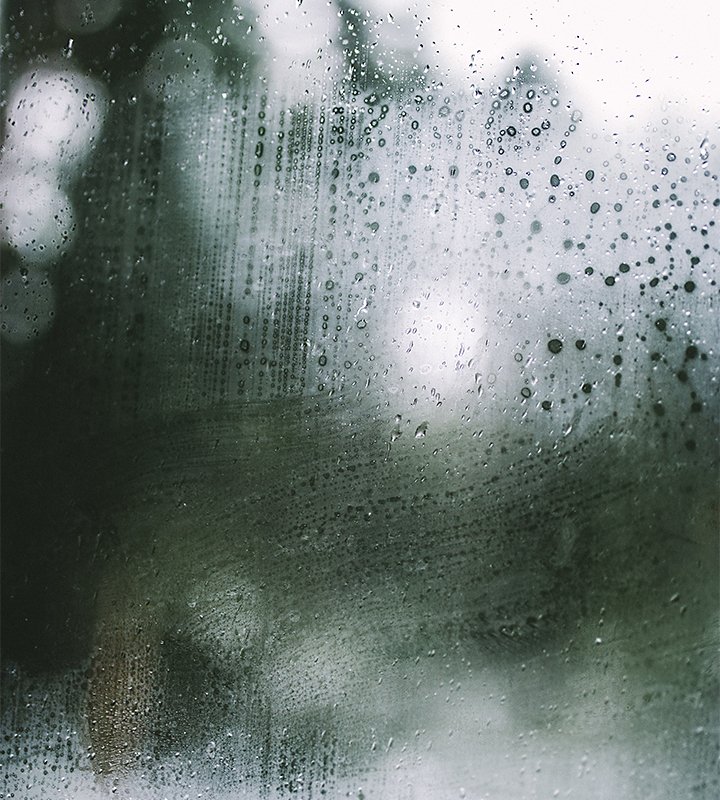
Image by Cole Keister
Convey mood through texture.
“I like finding ways to incorporate texture with a feeling. I think the two go hand in hand,” says Keister. For example, the warm feeling of sitting inside on a cold day as raindrops drip down a window can be perfectly encapsulated in a texture photograph. Meanwhile, an image of the dry, cracked earth of a desert evokes a completely different feeling.
So whether you use a brick background in a wedding photoshoot or you create close-up abstract images of tree bark, texture is a powerful tool you can use to tell stories and convey emotions. Keep your eyes open for unique surfaces, objects and materials and try your hand at texture photography today.
Contributors
Do more with Adobe Photoshop Lightroom.
Edit photos easily with Lightroom presets, Super Resolution, easily share photos from any device and access your projects anywhere with cloud photo storage management.
You might also be interested in…
The basics of photography composition.
Composition is all-important for photographers. Learn more with these tips from the pros.
Discover ways to select the ideal focal length for any and every photo.
Thinking outside the box with abstract photography.
See how to use perspective, texture and scale to create the unexpected.
The world of double exposure photography.
Explore double exposure photography and learn how to create one yourself.
